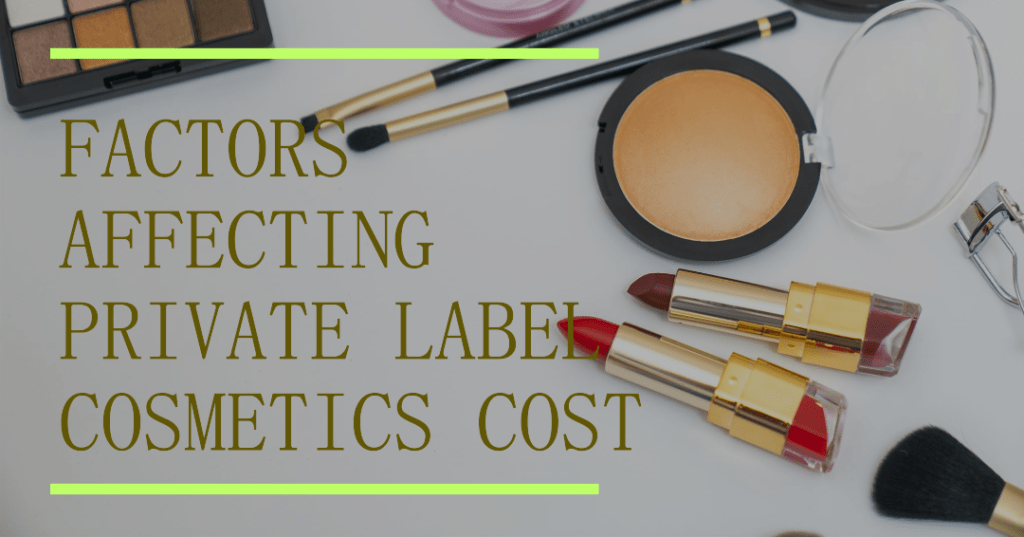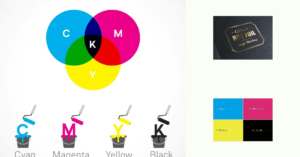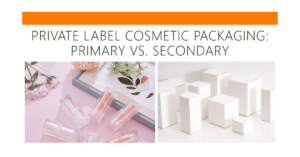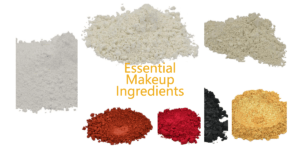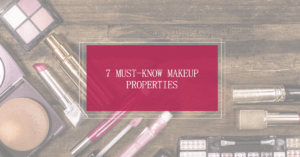Introduction Factors That Determine Private Label Cosmetics Manufacturing Cost
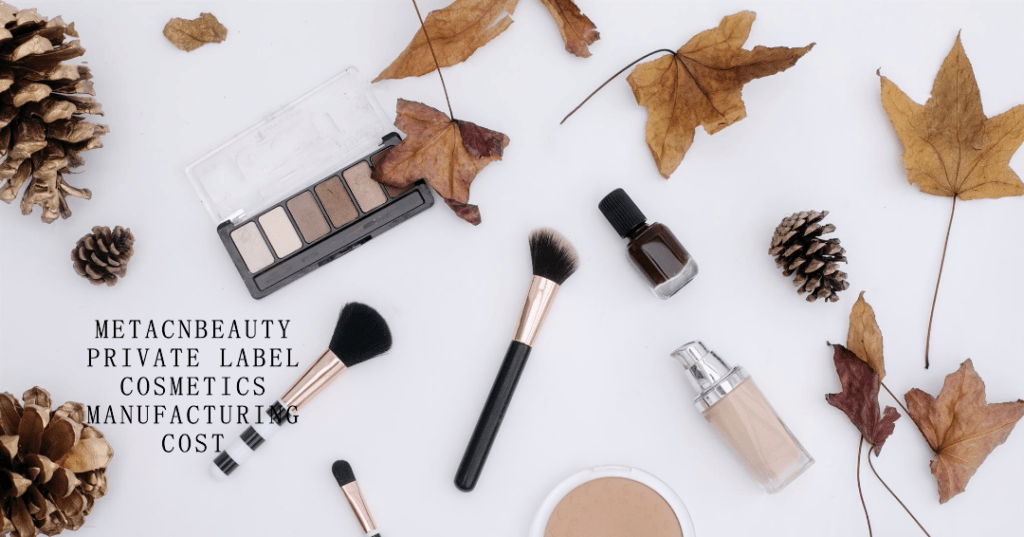
The private label cosmetics industry has experienced tremendous growth in recent years, with many entrepreneurs and businesses seeking to create their own branded products. However, entering this industry requires a clear understanding of the various costs involved in the manufacturing process. Whether you’re a startup or an established brand, knowing what drives the cost of producing your cosmetics is crucial for pricing your products competitively and ensuring profitability. In this article, we’ll explore the six key factors that determine the manufacturing cost of private label cosmetics: formula, raw materials, primary packaging, secondary packaging, filling labor cost, and the printing process.
Table of Contents
Factors That Determine Private Label Cosmetics Manufacturing Cost: The Formula
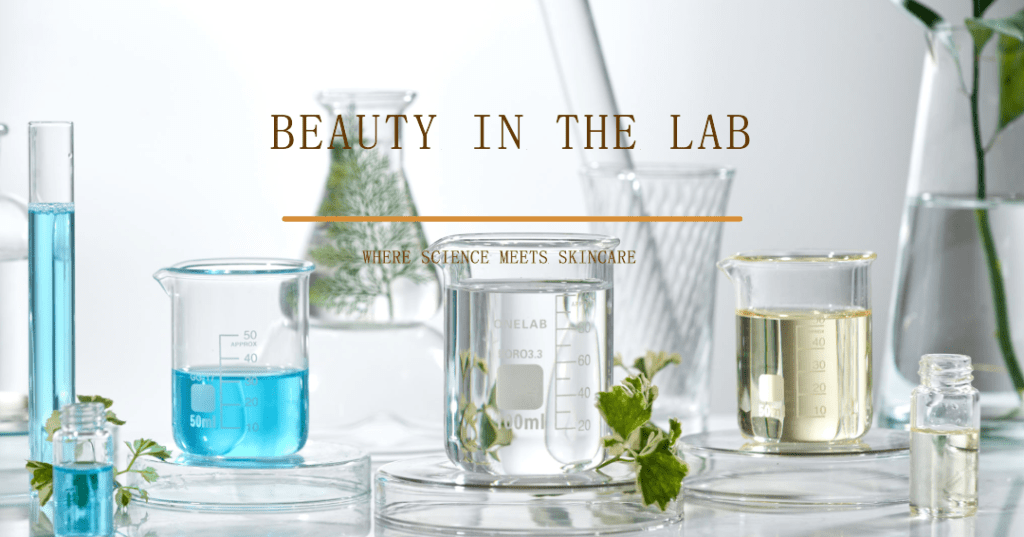
The formula is the heart of any cosmetic product. It’s what gives your product its unique characteristics, such as texture, effectiveness, and overall appeal. The cost associated with the formula can vary significantly based on several factors.
Complexity of the Formula
A more complex formula that requires multiple active ingredients or a specific balance of components will generally be more expensive to produce. Each ingredient needs to be carefully measured and blended, which increases the time and expertise required during the production process.
Ingredient Quality
The quality of ingredients plays a significant role in determining the cost of the formula. High-quality, premium ingredients that are organic, natural, or rare will drive up the cost. For instance, using cold-pressed essential oils or rare plant extracts can be more expensive compared to standard synthetic alternatives.
Use of Natural vs. Synthetic Ingredients
Natural ingredients, often preferred for their perceived benefits and clean label appeal, typically come with a higher price tag compared to synthetic ingredients. The sourcing, processing, and certification of natural ingredients contribute to their higher cost.
Custom Formulations vs. Standard Formulas
If you opt for a custom formulation tailored to specific needs or trends, expect to incur higher R&D (Research and Development) costs. Custom formulations require extensive testing to ensure stability, safety, and effectiveness, which adds to the overall cost.
Impact on R&D Costs
Research and development (R&D) expenses are a crucial component of formula costs, especially if the product is being developed from scratch. Testing for stability, efficacy, and regulatory compliance can be time-consuming and costly, particularly for unique or innovative formulations.
Factors That Determine Private Label Cosmetics Manufacturing Cost: Raw Materials
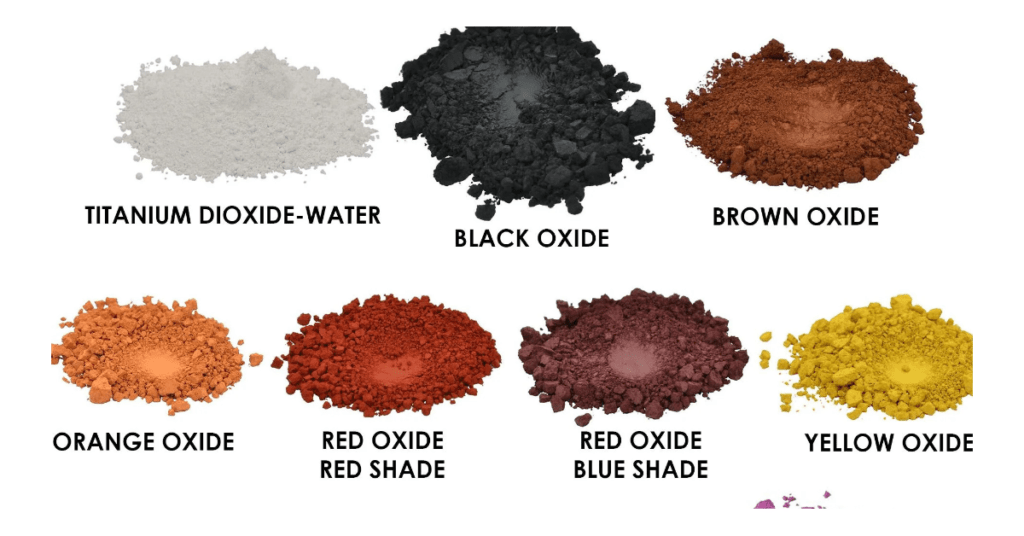
The raw materials used in the production of cosmetics are another critical factor in determining manufacturing costs. The sourcing, quality, and availability of these materials can significantly influence the final price of the product.
Sourcing of Raw Materials
The origin of your raw materials can impact costs in various ways. For example, importing certain ingredients from distant regions might add shipping costs and tariffs. Additionally, some ingredients are only available in specific geographic locations, which can further affect pricing.
Availability and Scarcity of Ingredients
The availability of raw materials can fluctuate due to seasonal changes, environmental factors, or supply chain disruptions. When certain ingredients become scarce, their prices can increase dramatically, impacting the overall manufacturing cost.
Geographic Location and Supply Chain Logistics
The logistics of transporting raw materials from their source to the manufacturing facility can add to the cost. Factors such as transportation method, distance, and geopolitical stability in the sourcing region all play a role in determining the final price.
Sustainability and Ethical Sourcing
In today’s market, there is a growing demand for sustainably sourced and ethically produced ingredients. While these practices are better for the environment and workers, they often come with higher costs due to fair trade certifications, environmentally friendly farming practices, and more rigorous supply chain management.
Factors That Determine Private Label Cosmetics Manufacturing Cost: Primary Packaging
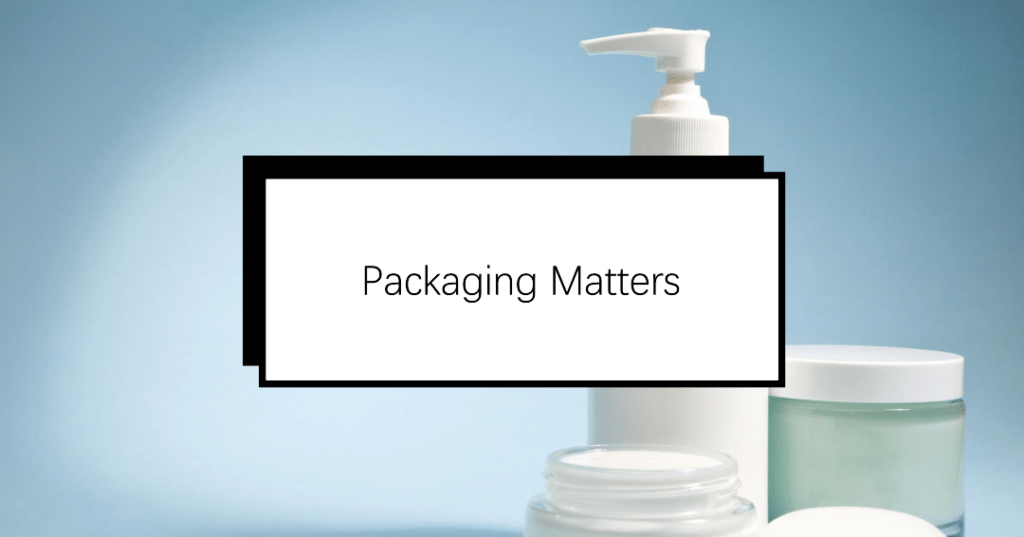
Primary packaging is the packaging that directly contains the cosmetic product, such as bottles, jars, or tubes. It is a vital component of the product’s overall appeal and usability.
Type of Primary Packaging
The type of packaging you choose will have a direct impact on your costs. For example, airless pump bottles might be more expensive than standard screw-top jars due to their more complex design and the materials used.

Bottles, Jars, Tubes, etc.
Different packaging formats come with different costs. Tubes might be less expensive than glass jars, but they may not convey the same premium feel. The choice of packaging should align with your brand’s positioning and target market.
Material Quality and Durability
Higher quality materials, such as thick-walled glass or custom-molded plastics, will cost more than standard materials. Durability is also a factor; packaging that needs to withstand impacts, resist leaking, or protect sensitive formulas may require more robust (and expensive) materials.
Design and Customization
Custom-designed packaging that includes unique shapes, embossing, or specific color schemes can add significant costs. However, this investment might be necessary to differentiate your brand in a crowded market.
Factors That Determine Private Label Cosmetics Manufacturing Cost: Secondary Packaging
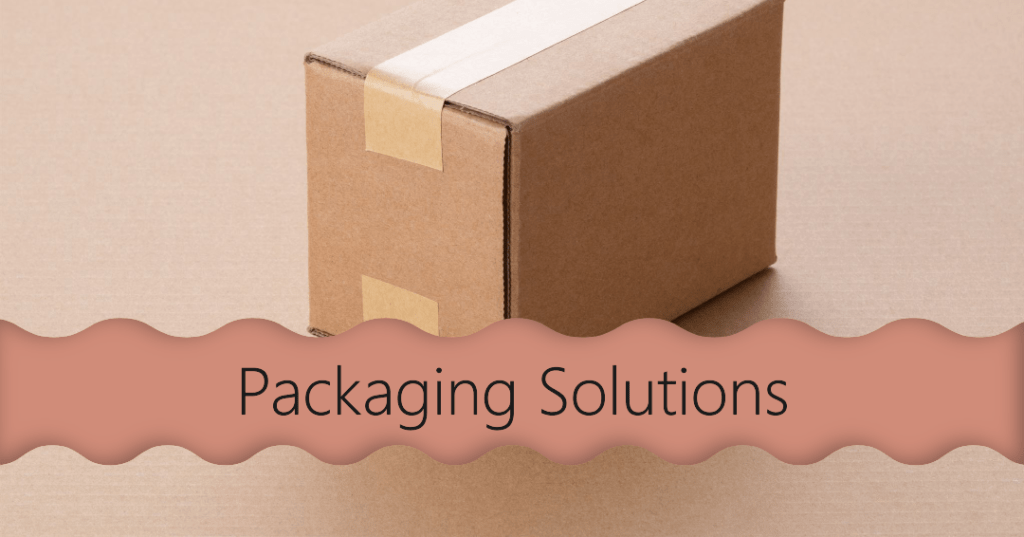
Secondary packaging includes the outer layers of packaging, such as boxes, cartons, or wrappers, which provide additional protection and branding opportunities.
Purpose of Secondary Packaging
Secondary packaging not only protects the product during transportation and on shelves but also serves as a branding tool. Well-designed packaging can make a product stand out, but it can also add to manufacturing costs.
Material and Design Choices
The choice of materials for secondary packaging—whether it’s cardboard, plastic, or something more exotic like bamboo—will influence the cost. Design elements such as custom printing, foiling, or embossing can also increase expenses.
Branding and Aesthetics
Effective secondary packaging supports brand identity and enhances the unboxing experience. High-end finishes, intricate designs, and premium materials all contribute to a more luxurious feel, but they come at a price.
Eco-Friendly and Sustainable Options
With the growing emphasis on sustainability, many brands are opting for eco-friendly secondary packaging. While these options are better for the environment, they can be more costly due to the use of recycled materials and sustainable production practices.
Factors That Determine Private Label Cosmetics Manufacturing Cost: Filling and Labor Costs
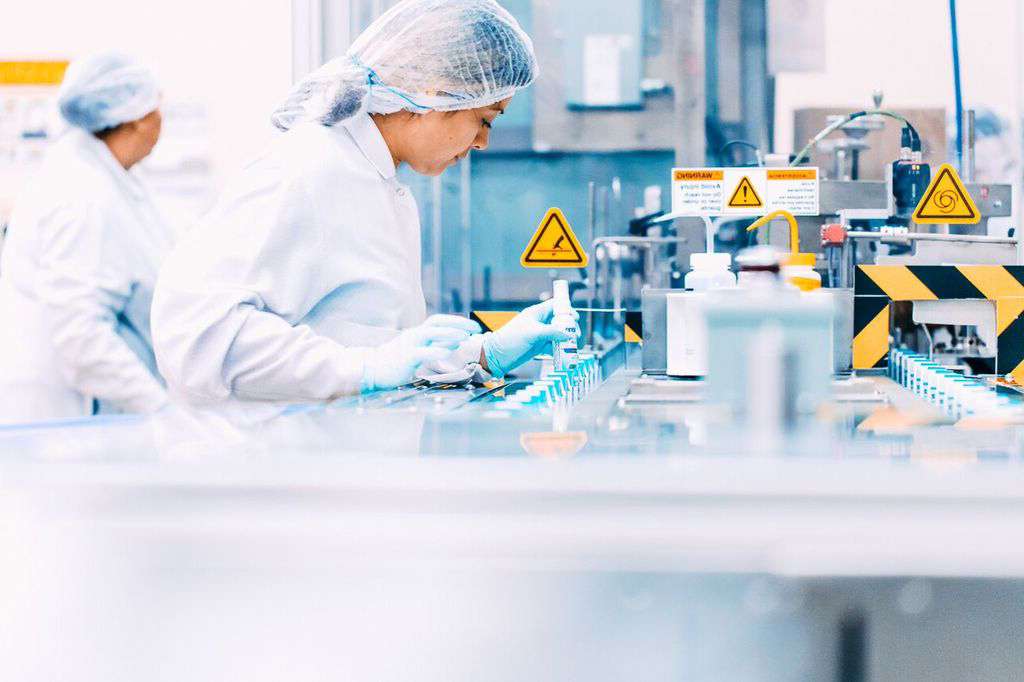
The process of filling cosmetic containers and the associated labor costs are critical factors in the overall manufacturing expense.
Automation vs. Manual Labor
The choice between automated filling lines and manual labor affects both the speed and cost of production. Automation may require a significant upfront investment but can lower long-term labor costs. On the other hand, manual filling might be cheaper initially but slower and more labor-intensive.
Labor Expertise and Skill Level
Skilled labor is necessary for certain aspects of the filling process, particularly for products that require precision or special handling. The more expertise required, the higher the labor costs will be.
Production Speed and Efficiency
The efficiency of the production process directly impacts labor costs. Faster production lines reduce the amount of time and labor needed, which can lower costs. However, achieving high efficiency may require advanced equipment and highly trained personnel.
Impact of Labor Costs by Region
Labor costs can vary greatly depending on the geographic location of the manufacturing facility. Countries with lower labor costs can offer cheaper manufacturing, but this might come with trade-offs in terms of quality or ethical concerns.
Factors That Determine Private Label Cosmetics Manufacturing Cost: Printing Process
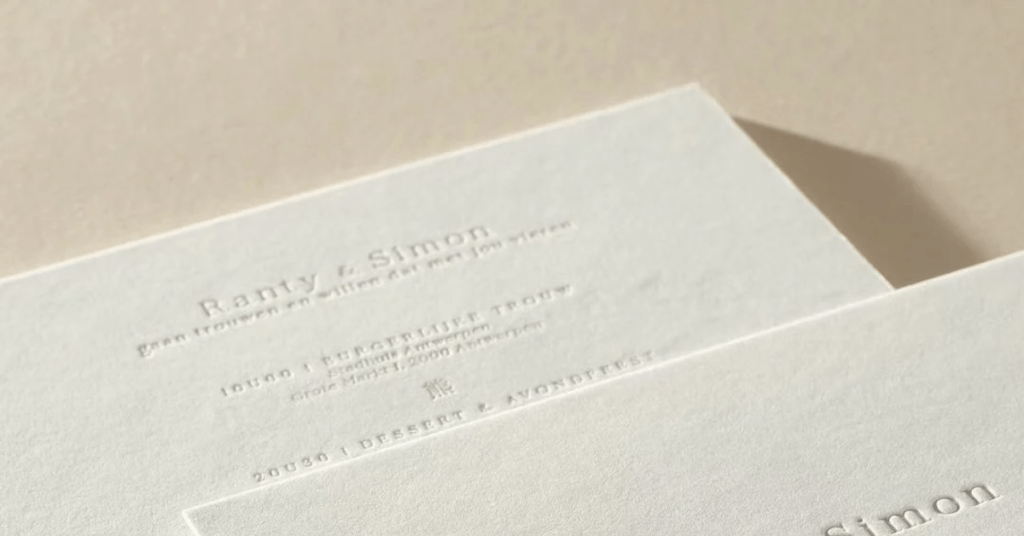
The printing process is a crucial aspect of cosmetic packaging, as it conveys important information and adds to the product’s visual appeal.
Type of Printing Technology
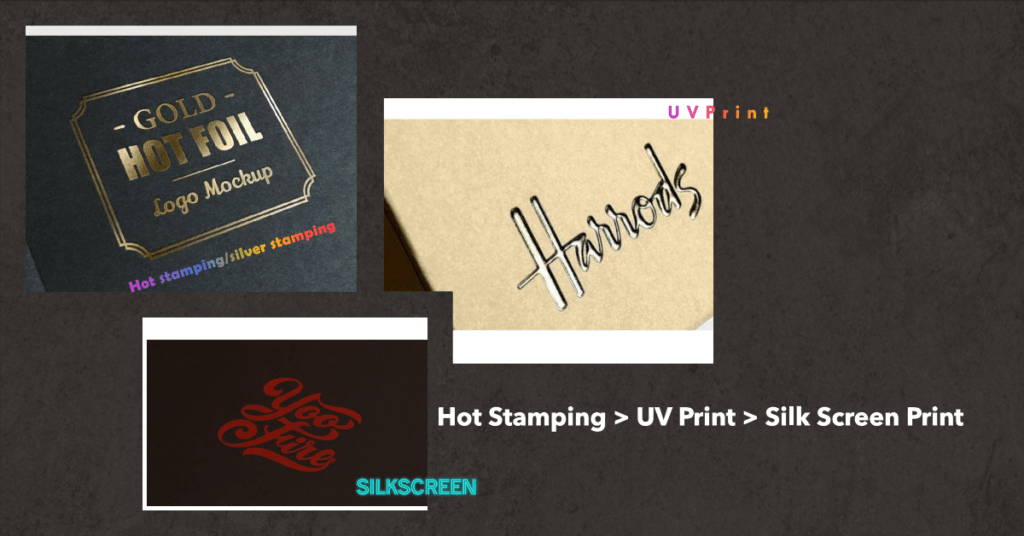
The type of printing technology used—such as digital, UV, or screen printing—will influence costs. High-end printing technologies can produce superior results but at a higher price point.
Complexity of Label Design
The more complex the label design, the more expensive the printing process. Multiple colors, intricate patterns, and special finishes like metallic foils or embossing can increase the cost.
Colors, Finishes, and Special Effects
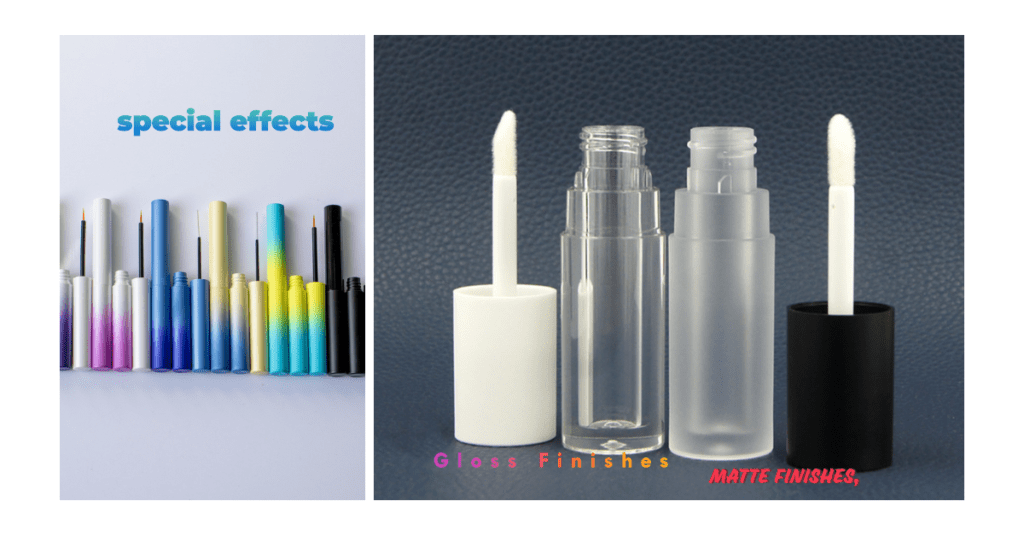
Using a wide range of colors or adding special effects such as matte finishes, gloss, or embossing will drive up printing costs. These elements, while costly, are often necessary to create a high-end product appearance.
Cost of High-Quality Printing vs. Standard
Investing in high-quality printing can enhance the perceived value of the product, but it comes at a higher cost. Brands need to balance the desire for premium packaging with the need to maintain manageable production costs.
Other Factors That Affect Private Label Cosmetics Manufacturing Cost: Order Quantity
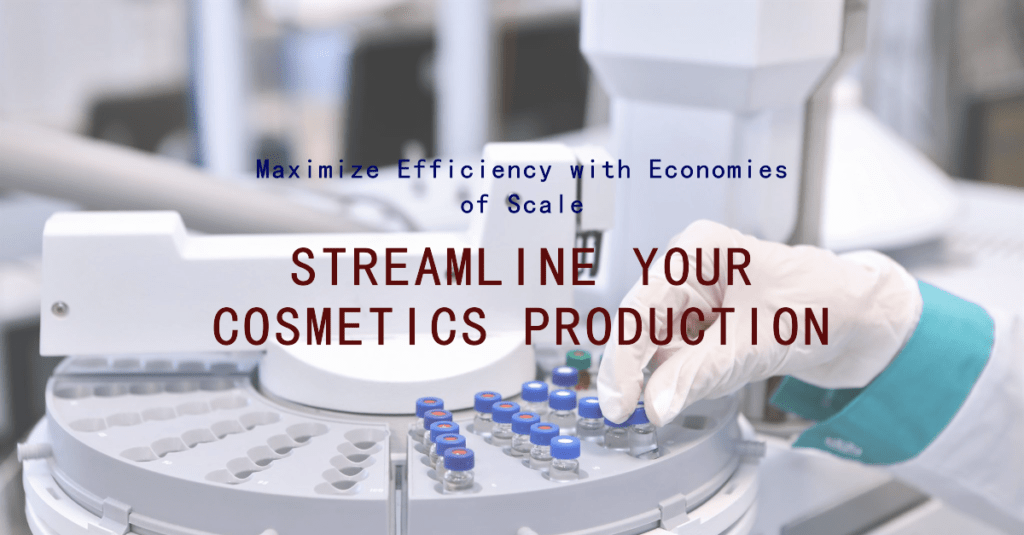
Larger orders generally reduce the per-unit cost, while smaller batches can be more expensive due to set-up fees.
Other Factors That Affect Private Label Cosmetics Manufacturing Cost: Branding and Labeling
Custom branding, including label design and printing, can significantly influence the final manufacturing cost.
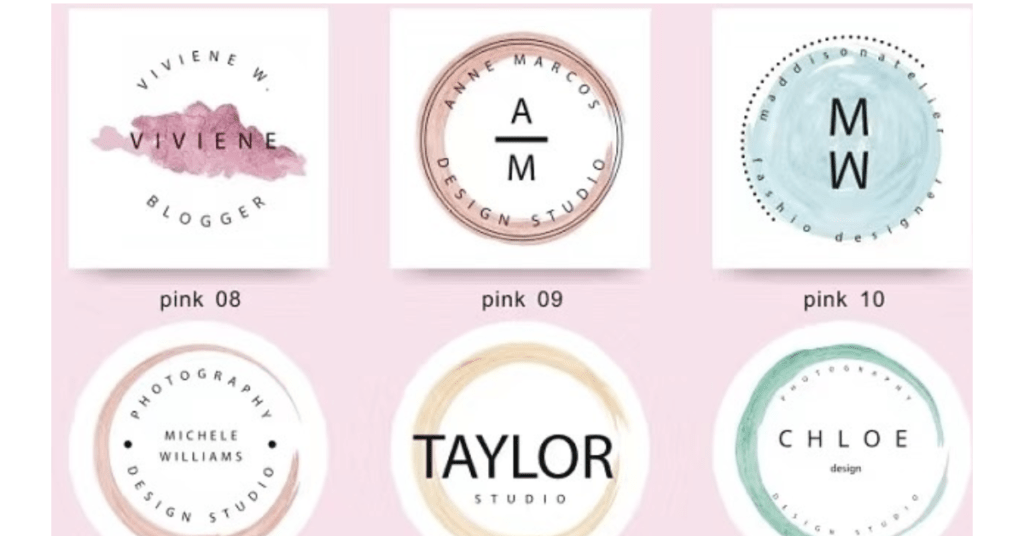
Conclusion
In the competitive world of private label cosmetics, understanding the factors that drive manufacturing costs is essential for success. From the complexity of the formula and the quality of raw materials to the choice of packaging and printing processes, each decision impacts the final price of the product. By carefully managing these factors, brands can balance cost, quality, and consumer appeal to create successful products that stand out in the market.
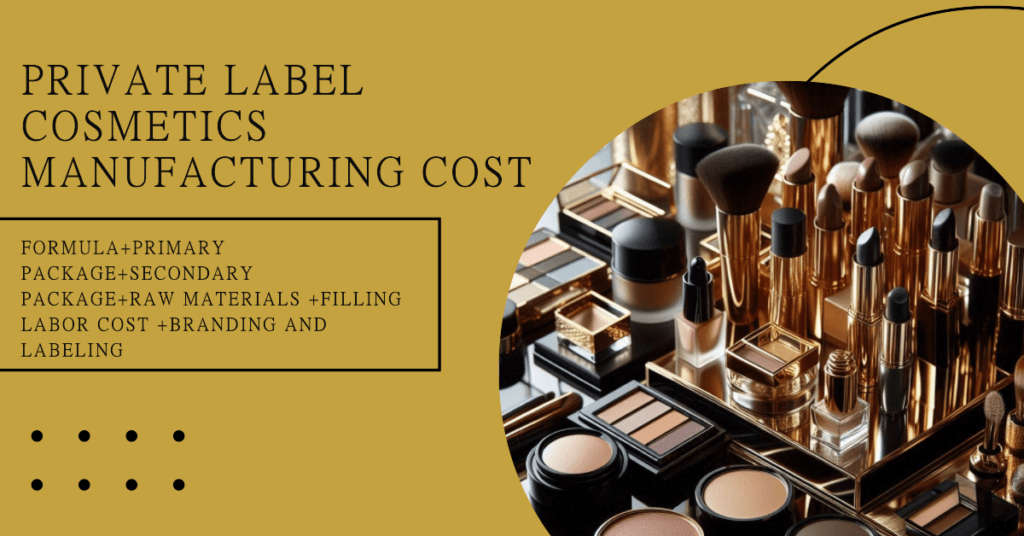
In other words ,Private Label Cosmetics Manufacturing Cost=Formula+Primary Package+Secondary Package+Raw Materials +Filling Labor cost +Branding And Labeling
Now you understand the Private Label Cosmetics Manufacturing Cost formula .go to get quote from the MetaCNBeauty Private Label Cosmetic Manufacturer
FAQs
What is the most expensive factor in cosmetic manufacturing?
The most expensive factor can vary depending on the product, but the formula, particularly if it involves rare or high-quality ingredients, often represents a significant cost.
How can I reduce the cost of private label cosmetics?
Cost reductions can be achieved by simplifying the formula, using more readily available materials, opting for standard packaging, and choosing efficient production methods.
Is sustainable packaging more expensive?
Yes, sustainable packaging tends to be more expensive due to the use of recycled materials and eco-friendly production processes. However, it can also enhance brand value and appeal to environmentally-conscious consumers.
How does ingredient quality affect the overall cost?
Higher quality ingredients generally increase the cost of the formula, but they also enhance the product’s effectiveness and consumer appeal, which can justify the higher price.
Can I change the formula after the initial production?
Yes, but changing the formula after initial production can incur additional R&D costs and may require new stability testing, which can delay the product launch and increase expenses.
